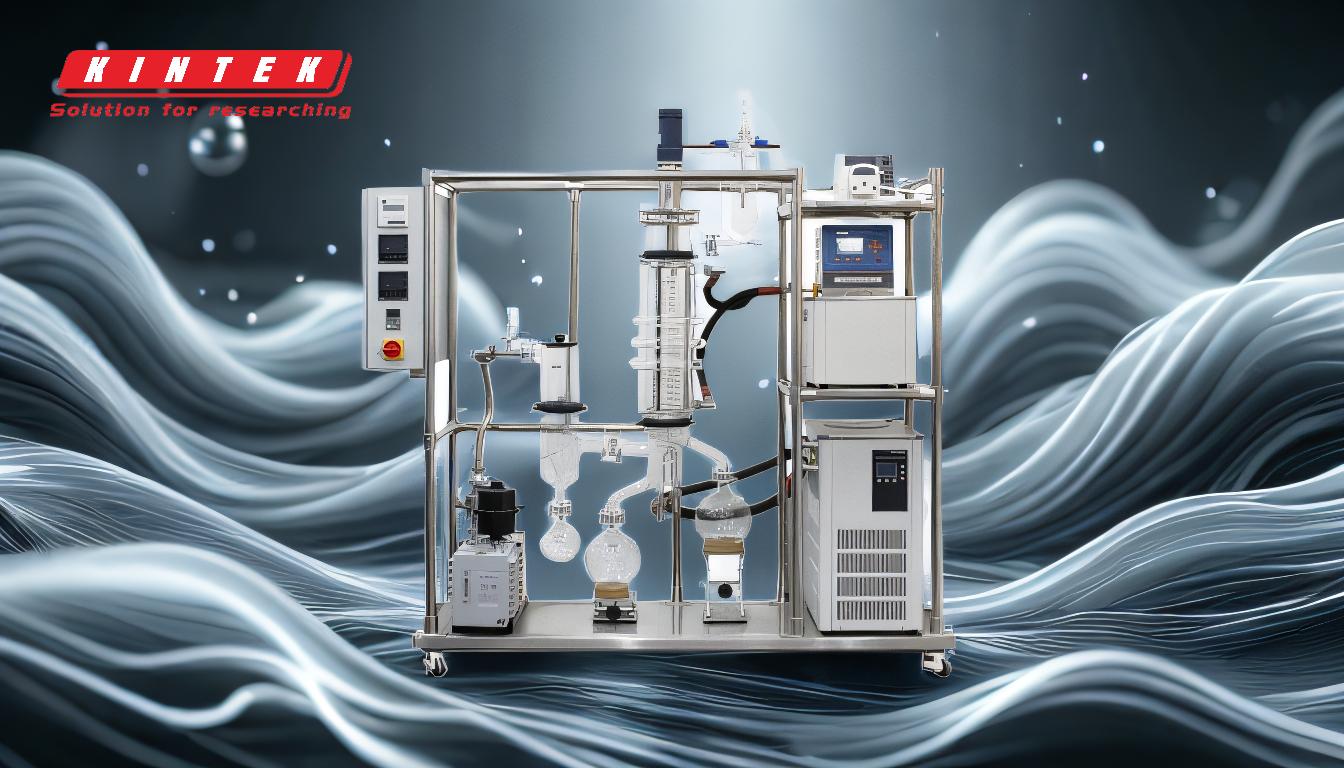Distillation is a widely used separation technique that relies on differences in boiling points to separate components of a mixture. However, not all substances can be effectively separated by distillation. Two substances that cannot be separated by distillation are those that form an azeotrope or have very similar boiling points. Azeotropes are mixtures of two or more liquids that maintain a constant composition and boiling point during distillation, making separation impossible. Additionally, substances with nearly identical boiling points cannot be separated by simple distillation due to overlapping vapor pressures. These limitations are inherent to the physical properties of the substances and the distillation process itself.
Key Points Explained:

-
Azeotropes and Their Properties:
- An azeotrope is a mixture of two or more liquids that cannot be separated by simple distillation because they boil at the same temperature and maintain a constant composition in both the liquid and vapor phases.
- Common examples include ethanol-water mixtures, which form an azeotrope at approximately 95.6% ethanol and 4.4% water by volume. This azeotropic mixture boils at 78.2°C, making it impossible to obtain pure ethanol through simple distillation.
-
Substances with Similar Boiling Points:
- Distillation relies on the difference in boiling points between components. If two substances have boiling points that are very close (e.g., within a few degrees), their vapor pressures overlap significantly, making separation difficult or impossible.
- For example, separating benzene (boiling point: 80.1°C) and cyclohexane (boiling point: 80.7°C) by simple distillation is challenging due to their nearly identical boiling points.
-
Limitations of Distillation Techniques:
- Molecular Distillation: While advanced techniques like molecular distillation can handle heat-sensitive materials, they are limited by low separation efficiency and time-consuming processes, as mentioned in the reference.
- Short Path Distillation: This method is efficient for certain applications but can lose volatile components due to the short distance between the evaporation and receiving flasks, further limiting its effectiveness for separating certain mixtures.
-
Alternative Separation Methods:
- For azeotropic mixtures, techniques like azeotropic distillation (using a third component to break the azeotrope) or extractive distillation are required.
- For substances with similar boiling points, fractional distillation or chemical separation methods may be necessary.
In summary, distillation cannot separate azeotropic mixtures or substances with nearly identical boiling points due to the inherent properties of these mixtures and the limitations of distillation techniques. Advanced or alternative methods are required for such separations.
Summary Table:
| Substance Type | Reason for Inseparability | Example |
|---|---|---|
| Azeotropes | Constant composition and boiling point during distillation | Ethanol-water mixture (95.6% ethanol, 4.4% water) |
| Similar Boiling Points | Overlapping vapor pressures due to nearly identical boiling points | Benzene (80.1°C) and cyclohexane (80.7°C) |
| Alternative Methods | Azeotropic distillation, extractive distillation, fractional distillation, chemical methods | Using a third component to break azeotropes or applying fractional methods |
Struggling with separating complex mixtures? Contact our experts to find the right solution for your needs!










